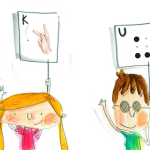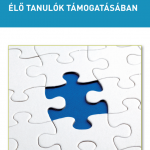AIM:
To investigate the outside school activity patterns of children with physical disabilities, and specifically their information and communication technology (ICT) usage compared with that of non-disabled children. In addition, the aim was to investigate the children’s opinions on computer use and the associations between their use of the Internet and their interaction with peers.
METHODS:
Questionnaire on activities outside school, answered by 215 children and youths with physical disabilities, mean age 12 years 10 months, attending mainstream schools. For group comparisons with non-disabled children, data from the survey ‘Kids and Media’ were used.
RESULTS:
In the analysis, two sets of activity patterns were identified, depending on whether the child was disabled or not and on the gender of the child. A higher proportion of children with physical disabilities were engaged in ICT activities, while non-disabled children tended to be engaged in a broader range of activities outside school. The activity pattern was more uniform for boys and girls with disabilities than for their non-disabled peers. Use of the Internet was positively associated with peer interaction.
CONCLUSION:
Outside school, the activity patterns of children and youths with physical disabilities seem to be characterized by a focus on ICT activities, which enable children to compensate for their impairment because it suits all. In addition, digital skills developed outside school engage children with physical disabilities, giving them increased access to society and for educational purposes.







